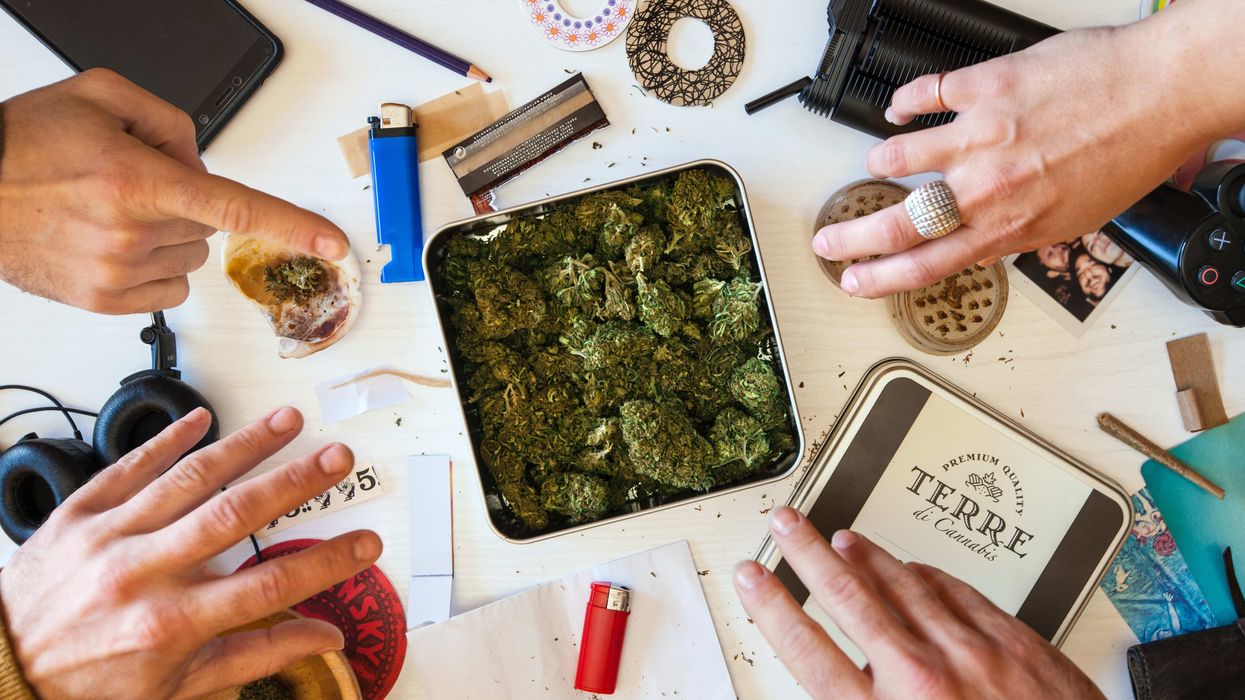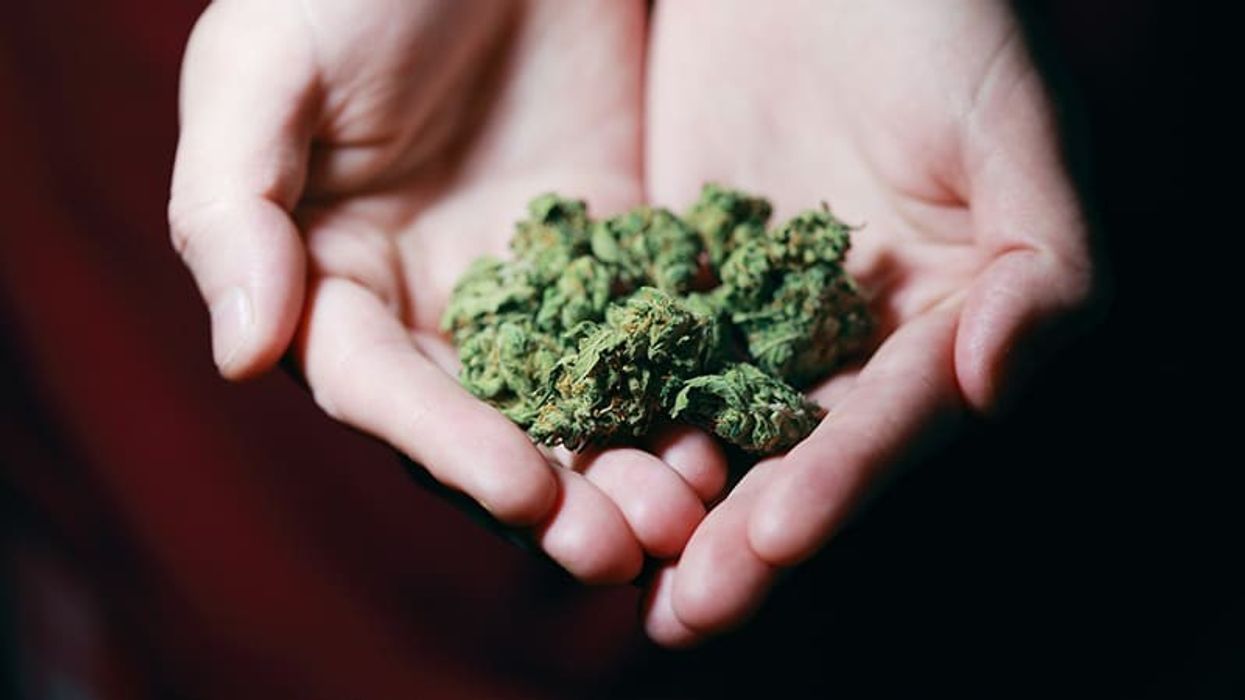In a groundbreaking development this week, Ohio voters have overwhelmingly approved a marijuana legalization referendum, marking a significant milestone in the ongoing shift towards greater acceptance of cannabis use in the United States.
This move has now made Ohio the 24th state in the country to legalize adult-use marijuana. A recent Gallup poll, conducted in October, demonstrates that this decision aligns with a broader consensus across the nation, with an impressive seven out of ten (70%) Americans now in favor of legalizing marijuana. One more state legalizes and half the country will have access to legal cannabis.
The Gallup Poll: A Snapshot of Public Opinion
The Gallup poll provides a clear and comprehensive picture of the American public's evolving attitude towards marijuana legalization. The results reveal that support for legalizing marijuana is at an all-time high, with 70% of Americans expressing their approval. This represents a steady increase from just 12% in 1969, showcasing a profound transformation in societal perspectives over the decades.
The Turning Point: 2013 and Beyond
The journey towards widespread acceptance of marijuana gained momentum in 2013 when Colorado and Washington became the first states to legalize recreational use.
This historic move led to a significant surge in support, with approval ratings soaring by 10 percentage points to reach 58%. Since then, the momentum has continued to build, with another 12-point increase in support, paralleling the rise in Americans' self-reported use of the plant.
Notably, the July Consumption Habits survey by Gallup revealed that 17% of respondents admitted to personally smoking marijuana, a 10-point increase since 2013. Furthermore, the percentage of those who have ever tried marijuana has risen by 12 points to reach 50%. These statistics underscore a growing cultural shift towards greater acceptance of marijuana use.
Consistent Support Across Demographics
One of the most remarkable findings of the Gallup poll is the consistent support for marijuana legalization across all major demographics. Regardless of age, political affiliation, or ideology, major subgroups are now in favor of legalizing marijuana. For instance, self-identified liberals (91%) and Democrats (87%) exhibit the highest levels of support, while even among self-identified conservatives and Republicans, support stands at 52% and 55%, respectively.
Age, too, plays a significant role in determining support, with 79% of 18- to 34-year-olds in favor of legalization. Importantly, even among the oldest age group surveyed, 64% expressed support. This widespread consensus highlights that the desire for marijuana legalization transcends traditional divides.
Regional Differences and the Nationwide Perspective
While the Gallup poll indicates some regional disparities, it is noteworthy that these differences are not statistically significant. However, it is consistent with recent trends to observe lower support for legalization in the East compared to the West and Midwest regions.
Nevertheless, the poll found no significant difference in support for legalization between residents in states where recreational use was already legal and those in states with more restrictive laws. Seventy percent of adults in both groups expressed their approval.
Ohio's Marijuana Legalization: A Significant Milestone
The recent approval of a marijuana legalization referendum in Ohio has added another star to the constellation of states embracing legal cannabis. The new law permits adults over 21 to possess up to 2.5 ounces of marijuana and grow up to six plants for personal use. It also establishes a Division of Cannabis Control to regulate the adult-use cannabis market.
Importantly, the law grants existing medical operators priority access to the adult-use market while allowing for additional licensing to meet market demands. Taxation at 10% is expected to generate approximately $300 million annually for the state, according to an Ohio State University report.
Ohio's decision marks the fourth-largest state with a recreational marijuana market, potentially reaching $4 billion in adult-use sales within four years, as estimated by MJBizDaily. This development will likely exert pressure on neighboring states, such as Pennsylvania, West Virginia, Kentucky, and Indiana, as residents may cross state borders to purchase cannabis legally.
The Road Ahead: Potential Challenges and Opportunities
Despite the resounding success of the marijuana legalization referendum in Ohio, challenges and opportunities lie ahead. The Republican-dominated Legislature's stance on the initiative may lead to a protracted legislative battle over potential amendments.
This could result in delays in implementation and the persistence of an illicit market. Nevertheless, the overwhelming public support for legalization, especially among younger adults, suggests that the momentum is on the side of advocates for reform.
The nationwide shift in attitudes towards marijuana legalization, as reflected in the Gallup poll, has culminated in Ohio's recent landmark decision to legalize adult-use marijuana.
This decision not only reflects the evolving cultural acceptance of cannabis but also aligns with a growing trend of conservative states embracing legal cannabis markets.
While challenges may arise in the legislative process, the undeniable momentum in favor of marijuana legalization suggests that more states and possibly even the federal government may follow suit in the years ahead.







 Cannabis and Aging: A Groundbreaking Study Challenges Long-Held Beliefs
Photo by
Cannabis and Aging: A Groundbreaking Study Challenges Long-Held Beliefs
Photo by  Cannabis and Aging: A Groundbreaking Study Challenges Long-Held Beliefs
Photo by
Cannabis and Aging: A Groundbreaking Study Challenges Long-Held Beliefs
Photo by 






 Cigar smoking in a bar....
Cigar smoking in a bar....  Movie theater as consumption space? Not a bad idea.....
Movie theater as consumption space? Not a bad idea..... 


 DEA prohibited from randomly searching passengers at airports and other transport hubs - The Bluntness
commons.wikimedia.org
DEA prohibited from randomly searching passengers at airports and other transport hubs - The Bluntness
commons.wikimedia.org